is this Japanese Iris???
alyciaadamo
12 years ago
Related Stories
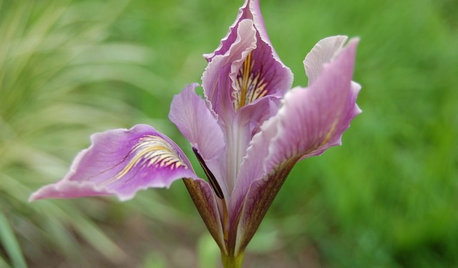
FLOWERSPaint a Garden Delightful With Iris
Charming and colorful, irises propagate easily, are hardy in many soils and climates, and unfold with layers of beauty
Full Story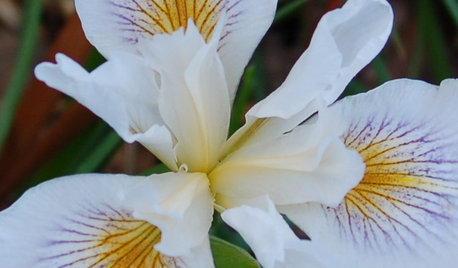
GARDENING AND LANDSCAPINGGreat Design Plant: Pacific Coast Iris
Plant this West Coast native for stunning, intricate blooms from January through May
Full Story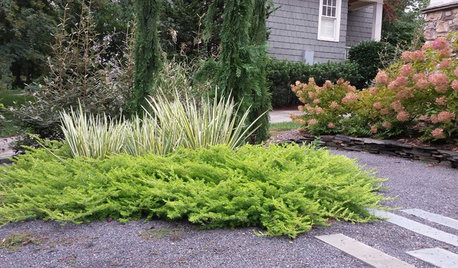
PLANTING IDEASThese Aren’t Your Grandparents’ Junipers
Dislike junipers? Maybe it’s time to discover new varieties and new uses for this garden workhorse
Full Story
GARDENING GUIDESLessons in the Rewards of Selfless Gardening
Let go of gardening for your own vision and watch the garden’s own true vision come forth
Full Story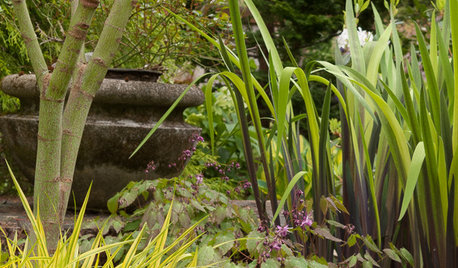
PLANTING IDEASA Great Spring Plant Combo for Dappled Shade
Time these ephemeral beauties right to watch them play off one another under a canopy of deciduous trees
Full Story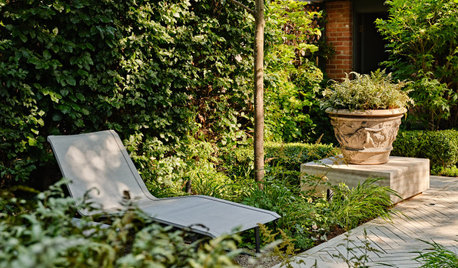
LANDSCAPE DESIGNHow to Create a Beautiful Shade Garden
Turn the cool, shady spot in your garden into your own quiet oasis
Full Story
FALL GARDENING7 Reasons Not to Clean Up Your Fall Garden
Before you pluck and rake, consider wildlife, the health of your plants and your own right to relax
Full Story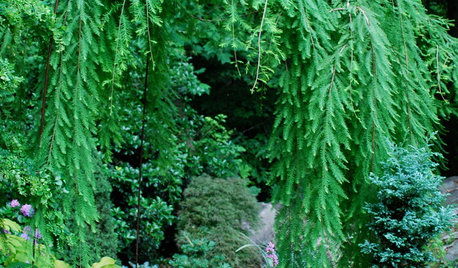
LANDSCAPE DESIGNThe Weepers and the Creepers: 10 Intriguing Trees for Your Garden
Bring something a little different to your landscape with a tree that dives, twists or crawls
Full Story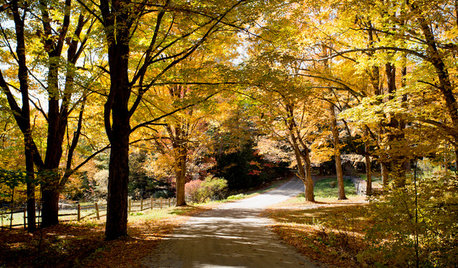
FALL GARDENINGHouzz Call: Show Us Your Autumn Views
Share your pictures of fall foliage and decor in the Comments. Your photos may be featured in an upcoming story!
Full Story
CONTAINER GARDENS7 Deer-Resistant Flowers for Your Summer Containers
Grow these as protection for edibles or just for their colorful beauty — deer might not like them, but everyone else will
Full StorySponsored
Your Custom Bath Designers & Remodelers in Columbus I 10X Best Houzz






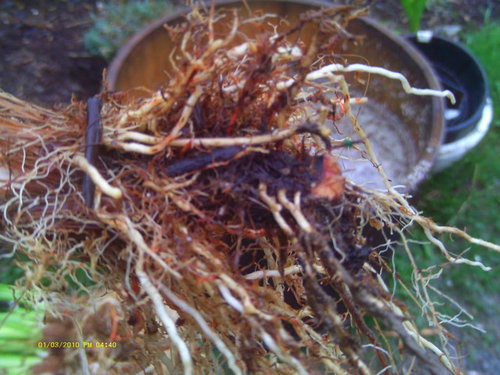
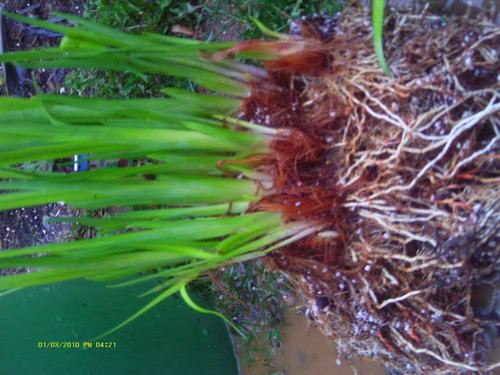
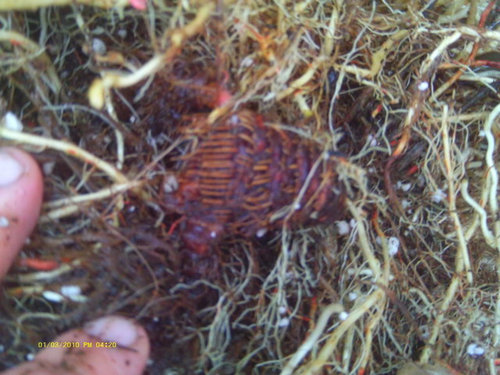

nancykvb
alyciaadamoOriginal Author
Related Professionals
West Milford Landscape Architects & Landscape Designers · Seabrook Landscape Architects & Landscape Designers · Lakeland Landscape Contractors · Edmond Landscape Contractors · Aberdeen Landscape Contractors · Bell Gardens Landscape Contractors · Brookfield Landscape Contractors · Brooklyn Park Landscape Contractors · Conroe Landscape Contractors · Gresham Landscape Contractors · Norwalk Landscape Contractors · Ringwood Landscape Contractors · Soddy Daisy Landscape Contractors · Norridge Landscape Contractors · Agoura Hills Stone, Pavers & Concretenancykvb
PollyNY
Sirwilliam123